By Tony Rothman
At dawn on May 18, 1565, one of the largest armadas ever assembled appeared off the Mediterranean island of Malta. Its 200 ships had been dispatched by Suleyman the Magnificent, sultan of the vast Ottoman Empire, with a single purpose: to destroy the Knights of Malta, who had been a thorn in his side for many years. Aboard the vessels were crammed, some say, 40,000 fighting men, including 6,000 of Suleyman’s elite infantry, the janissaries, along with another 9,000 cavalry and 70 siege cannons, one or two of which were 30-ton monsters capable of hurling 600-pound stones a mile and a half through the air. Opposing this force were 600 Knights, a few thousand mercenaries, and Maltese irregulars—between 6,000 and 9,000 defenders in all. Once Malta fell, which Suleyman’s commanders thought should take about a week, the Turks planned to invade Sicily and Western Europe.
Rarely in military history have the odds been so unequal and the stakes so high. Since the arrival in 1530 of the Knights Hospitallers of the Order of St. John of Jerusalem, as the Knights were properly called, the island had been a tiny Catholic theocracy, ruled by the Order’s grand master and his Council of Seigneurs. The Religion, as the order was known, had been in existence for 500 years. Founded during the First Crusade as an order of nurses, it had evolved rapidly into a unique organization, one whose first duty was to care for “Our Lords the Sick,” and whose second duty was to fight the infidel. In the early 12th century, Pope Paschal II granted the Knights the right to choose their leaders without interference from the Holy See, and the Order of St. John became something truly singular—a sovereign nation, beholden to no one except Christ and the pope.
Guerre de Course of the Knights Hospitallers
The Religion’s fortunes waxed and waned with the centuries. After the fall of Acre in 1291 and the expulsion of the Crusaders from the Holy Land, the Knights seized Rhodes, where they remained for more than 200 years, only to be expelled in 1522 by the Turks after a six-month siege. For seven years they searched for a home, until 1530, when Holy Roman Emperor Carlos V granted Malta and its neighbor Gozo in perpetual fiefdom to the Order. The Knights were hardly excited by the gift; they arrived on Malta to find a rocky limestone island that had been deforested over the previous century by the demand for ships and firewood, so much so that the inhabitants resorted to burning cow dung for fuel. There were few springs or wells to supply water, and the inhabitants were forced to supply themselves with cisterns. The only saving grace was two large harbors, unequalled anywhere in Christendom, which could provide proper anchorage for any fleet.
At the time, about 20,000 people resided on Malta and Gozo, almost all of them poor, illiterate farmers or peasants who came to the small harbor town of Birgu to labor at the docks. Such was the poverty that perhaps two-thirds of the women, married ones included, worked openly as prostitutes. The grand masters actively persecuted non-Catholics; in 1546 at least two members of the small Lutheran community were burned at the stake by the Order’s inquisitor. The only Jews and Turks allowed on the island were slaves; carnal knowledge with either was punishable by 10 years’ exile—or hanging.
Slavery was central to the conflict that led to the siege. On Rhodes, the Knights had reinvented themselves as a naval force. With their tiny fleet, which officially never numbered above six or seven vessels, they preyed on Ottoman traders as part of the centuries-long corso, or guerre de course, between Muslim and Christian nations. The corso was legalized piracy, whose primary object was to seize the enemy’s cargo, which included humans who then were ransomed to fill the coffers of the treasury. The alternative to ransom was life as a galley slave, which tended in any event to be short.
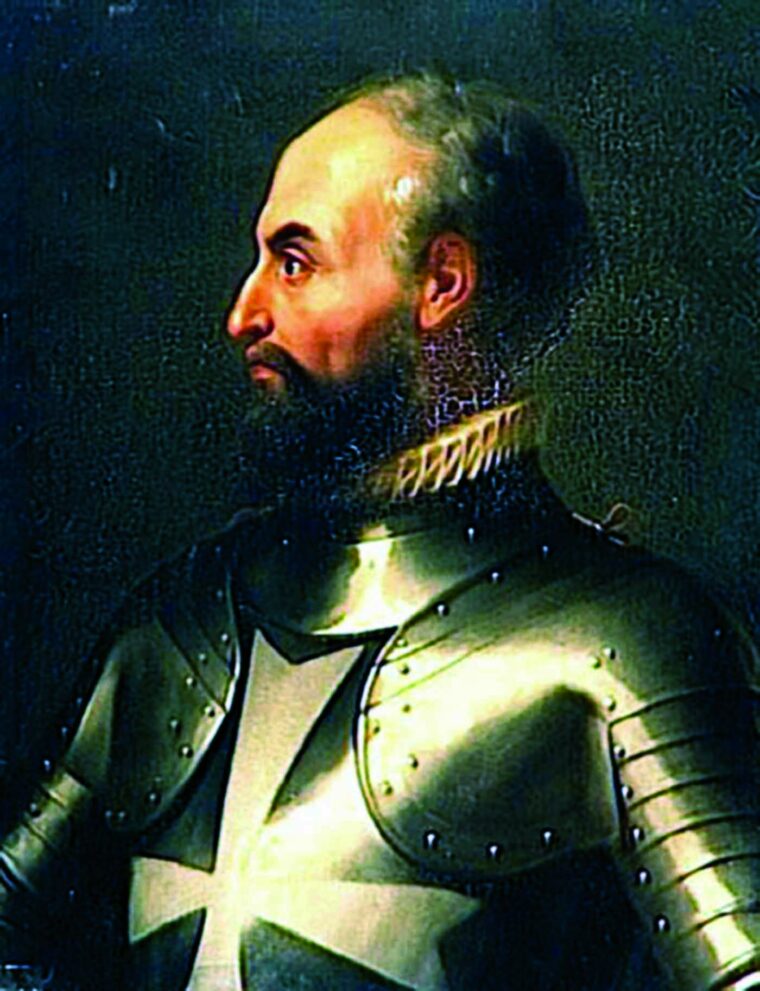
By 1522, the Ottomans were sufficiently angered at the Knights’ depredations that one of the young Suleyman’s first acts upon ascending the throne was to order them off the island of Rhodes. The Ottoman Empire was then arguably the most powerful in Europe, if not the world. Its own slave-running operations—and those of its vassals, the Barbary corsairs—dwarfed those of the Knights and the Christian nations but, paradoxically, the empire itself was in certain ways freer than the West. Religious refugees from Western Europe made their way to the world’s largest city, Constantinople, where they lived without fear of the Inquisition and worshipped as they pleased. Suleyman himself was intelligent, highly educated, and an accomplished poet. When the Knights refused to abandon Rhodes, he laid siege to the island. After resisting an overwhelming force for six months, the small garrison of Knights finally surrendered in exchange for Suleyman’s offer of safe passage off the island.
Seven years later, after endless negotiations between the pope and Carlos V, the king offered Malta and Gozo to the Order in return for a solemn mass to be said every year and a solitary falcon to be sent to the viceroy of Sicily on All Saints’ Day. With the ceding of Rhodes, the tensions between the Knights and the Ottomans only escalated. As part of his offer of Malta, Carlos had insisted that the Knights also garrison Tripoli, which was in the territory of the Barbary corsairs. One corsair in particular had his eye on Tripoli—Turgut, or Dragut, Reis. The most dreaded corsair of his time, Turgut was born around 1485 in Turkey and had one of the keenest naval minds of the day. By mid-century, he was terrorizing the central and eastern Mediterranean with his small fleet of galleys.
Christendom’s Mediterranean Decline
In 1551, Turgut and the Ottoman admiral Sinan decided to wrest Tripoli from the Knights. En route, they invaded Malta with a substantial force of 10,000 men. It might well have spelled the end of the Order of St. John—only a few hundred Knights were on the island—but Turgut mysteriously broke off the siege, sacking Gozo instead and carrying off the entire population of about 5,000 into slavery. Continuing on to Tripoli, he quickly forced the undermanned garrison there to surrender. Turgut became beylerbeyi, or governor, and the Ottomans controlled the entire eastern Mediterranean.
Such was Christendom’s desperation to be rid of the corsair that, in 1560, King Philip II of Spain assembled the largest armada in 50 years to evict Turgut from his lair. This expedition, consisting of about 54 galleys and 14,000 men, was surprised and utterly destroyed by the Turkish admiral Piyale Pasha off the Tunisian island of Djerba. The survivors holed up in a fort on the island. After a siege of nearly three months, during which time the soldiers were reduced to distilling water, the garrison surrendered. All in all, some 9,000 men perished and another 5,000 were taken in chains to Constantinople. It was Christendom’s greatest disaster in a half century, since the ill-fated expedition against Algiers in 1519.
The siege of Malta was the climax of this escalating chain of events. The match that ignited the powder keg was the exploits of the Order’s most notorious seafarer, Fra Mathurin aux Lescaut, better known as Romegas. Romegas was born in Provence, professed as a Knight in 1547 at the age of 18, and quickly established a reputation as a fearless marauder. Within a few days during 1564, he captured several large Turkish merchantmen, one of which carried a cargo, belonging to the chief eunuch of the Seraglio, which was valued at 100,000 Venetian gold ducats. Romegas took about 300 prisoners, among them the governor of Cairo, the governor of Alexandria, and—worst of all—Giansevere Serchies, a woman who by some accounts was 107 years old. Whatever her age, she was the former nurse of Suleyman’s daughter and had been returning from a pilgrimage to Mecca.
Suleyman had had enough. By that time, he was eyeing Europe for invasion. The Christians still controlled La Goletta, the largest fortress on the Barbary Coast, and in yet another attempt to be done with the corsairs they had just seized the Peñon de Velez, an important Moroccan fortress. In those days, honor was a palpable quantity, and the captures by the “insolent Knights” provided a justifiable casus belli for the Turks. By the end of 1564, Sulyeman had decided to wipe the Knights of St. John off the face of the earth.
Failure at Malvasia
Contrary to some opinions, the invasion was not a surprise. The Turks had sent spies disguised as fishermen to Malta the previous summer to survey the fortifications, and they later built a scale model of the island in Constantinople. Nor were the Knights idle. Grand Master Jean de la Valette, soon to become the hero of Christendom, had in place in Constantinople a network of agents who kept him informed of Suleyman’s intentions. The spymaster was Giovan Barelli. Nothing more is known about him except that he was a master of languages and pulled off one of the greatest espionage coups of the age: smuggling out a complete report of the Turkish invasion plans as they were being decided in the palace. After the siege, Valette made Barelli a Knight of Grace, the highest honor the Order could bestow on a layman.
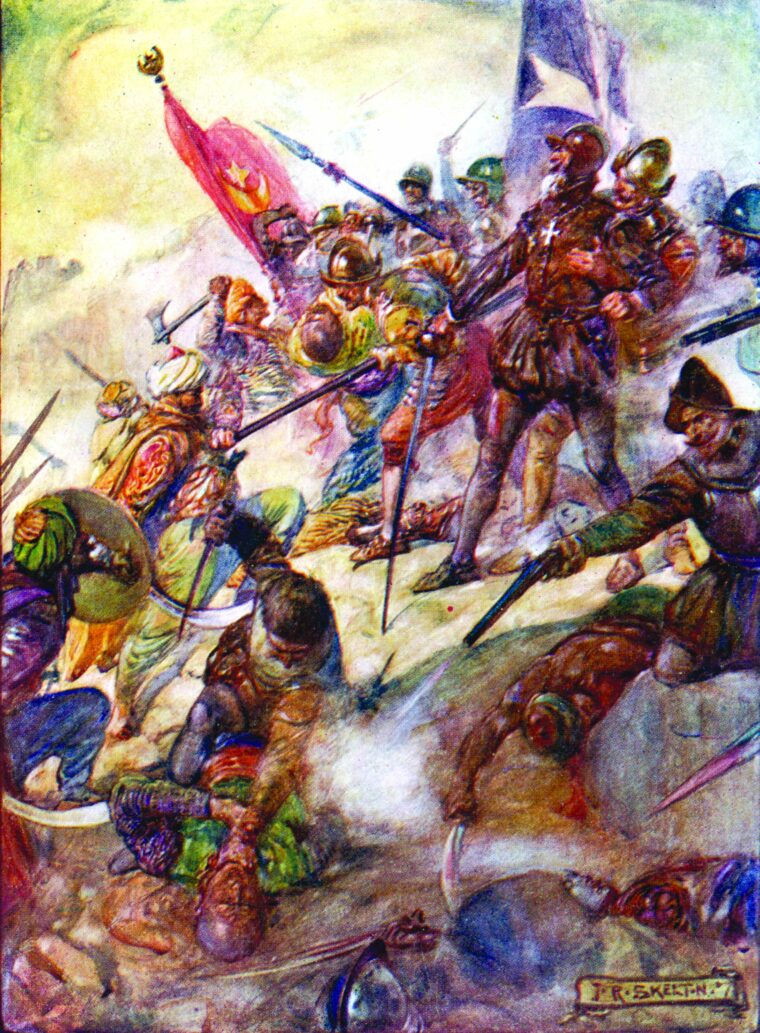
The Grand Master was so worried about an invasion that in September 1564 he ordered an impossible diversionary attack on Malvasia. This tiny island, known in Greek as Monemvassia, had been ceded by the Venetians to the Turks around 1540. Connected to the mainland of the southeastern Peloponnesus by a causeway, Malvasia was a natural fortress that bore a striking resemblance to Gibraltar and was hardly less impregnable. In a desperate and totally forgotten episode, Valette sent a small expeditionary force led by Romegas to scale the rock at night and seize the garrison in order to anger Suleyman enough to attack Malvasia instead of Malta.
The attempt misfired all around: Romegas’s commandos failed to find a path to the summit and when news of the expedition reached Suleyman, it only increased his determination to eradicate the Knights. The Turkish Lord of Lords did not count on the Christian Grand Master.
The Legendary La Valette
As with other characters in the saga, little is factually known about Valette. To this day he is referred to as “La Valette,” but he was never called that during his lifetime. The mistake arose some decades after his death when people began speaking of him by the name of the city named in his honor, “La Città Valetta,” now the Maltese capital. Even more confusion surrounds his age. The monument on Valette’s tomb, erected 23 years after his death, gives his dates as 1494-1568, implying that he was 71 during the siege, although both eyewitness accounts clearly state that he was only 67 at the time.
What is certain is that Valette had an iron constitution and an even stronger will. As a young Provençal, he survived the siege of Rhodes and was among those who arrived at Malta in 1530. He seems never to have left the island thereafter, except on “caravans” against the infidel. During one of these, in 1541, he was seriously wounded and made a galley slave; Turgut himself evidently arranged for leniency, and after a year Valette regained his freedom in a prisoner exchange. Captivity permitted him to add Turkish to his verbal arsenal of French, Spanish, Greek, and Arabic.
Valette’s temper was fearsome to behold. The Order’s archives reveal that in 1538 he nearly beat a layman to death and was sentenced by the Council to four months in a guva—a hole in the ground—then exiled to Tripoli as military governor for two years. When he returned, Valette was punished again for bringing along a negro slave not liable for servitude. Nevertheless, he continued to rise in the ranks of the Religion, and in 1554 he was elected Captain General of the Galleys. In that role he was at constant loggerheads with the enemy. Records of his captures are extant—between 1557 and the year of his death, 1568, Valette’s private galleys captured nearly 3,000 Muslim slaves.
Upon being elected Grand Master in 1557, Valette revealed an extremely conservative cast of mind. One of his first acts, in order “to avoid the ruin of man,” was to ban stockings of mismatched colors. He hanged or gave long prison sentences to anyone who crossed him, and he also attempted to set up a collachio, an enclave in the Borgo that isolated the Knights from the lay populace, in other words, the prostitutes. The effort failed.
Despite his faults, Valette was a master strategist. He saw the invasion coming long in advance and made preparations, recalling the Knights to the island, raising troops, laying in stores of food and water, and improving the island’s fortifications, which were already considerable. Decades of labor had gone into adding walls and bastions to the main stronghold on the Great Port, Castle St. Angelo, which by 1565 was virtually impregnable. A smaller fort, St. Elmo, built in 1552, guarded the harbor entrance and a third fort, St. Michel, built simultaneously, protected Birgu from the inland side. Valette refused an offer of 3,000 troops from Don Garcia of Toledo, the viceroy of Sicily, telling him to send them to La Goletta instead. When the invading armada appeared on Friday, May 18, Valette was still frantically making preparations, but he was not surprised.
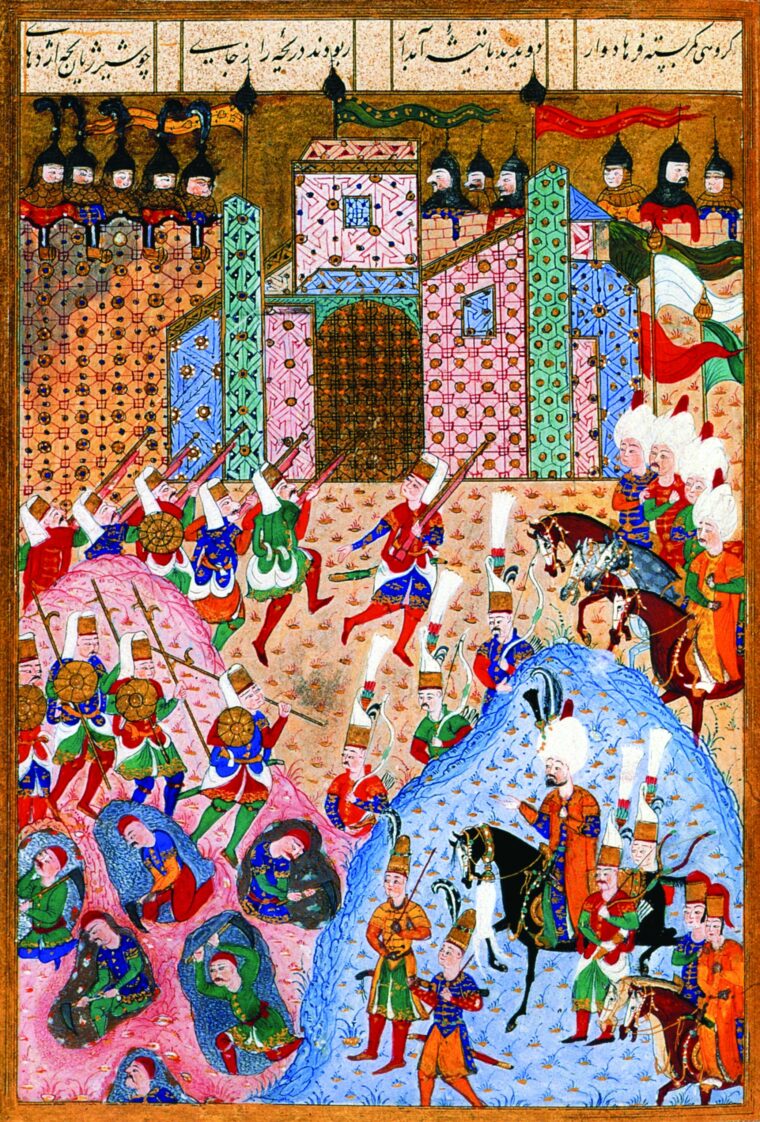
An Overwhelming Ottoman Force
The true size of the force Suleyman sent against Malta is unknown. The main eyewitness account, written by Spanish poet-mercenary Francesco Balbi, lists just under 30,000 “special forces,” including 6,000 of the sultan’s trained infantry, the janissaries, as well as 9,000 spahis, or cavalry. Balbi goes on to say that the total, including the corsairs who eventually arrived, numbered about 48,000. A lesser-known work by the Knight Hipolito Sans tallies quite closely with Balbi’s. On the other hand, in a long dispatch written during the siege, Cavalry Captain Vincenzo Anastagi writes that only 22,000 troops arrived to begin with, a number consistent with the 20,000 mentioned in a recently discovered account by Giovanni Adriani, published in 1583. Valette himself, in a letter written just four days after the Turks arrived, says, “The number of troops making land will between 15,000 and 16,000,” while in a letter written shortly after the siege, he gives 40,000 as the enemy’s strength.
By most reckonings it was an overwhelming force, supplemented by nearly 70 siege cannons. A roll call in early May turned up 546 Knights and serving brothers. Balbi lists exactly 6,100 defenders, half mercenaries, half Maltese irregulars. Giacomo Bosio, the Order’s official historian, whose massive account was published in 1588 and who seems to have had firsthand information, cites about 8,500 defenders.
A Fatal Mistake
The disadvantages were not all on the Maltese side. Malta lay 1,000 miles from Constantinople, requiring the Turkish fleet to be provisioned en route, and between 50,000 and 80,000 men, including sailors and slaves, had to be fed on Malta. Supplies would necessarily have been brought from Barbary—a logistical nightmare. Worse yet, Suleyman had split the command between Vizier Mustafa Pasha, who would command the ground forces, and the same Admiral Piyale Pasha who had routed the Christian fleet at Djerba. Suleyman exhorted both to defer to Turgut in all decisions after the corsair arrived from Tripoli.
The bickering that resulted between the two commanders had disastrous consequences for the Turks. Mustafa sensibly planned to attack the unprotected old capital Mdina at the island’s center, then besiege Birgu by land. Piyale demanded to anchor his fleet in Marsamxett harbor, just north of the Great Port, to shelter it from the siroccos, or strong winds originating in the Sahara. To do so required reducing Fort St. Elmo, which sat on the narrow peninsula of Mount Sciberras and guarded both harbor entrances. Had Mustafa’s plan been followed, an attack on St. Elmo would have been unnecessary, but the vizier relented, reasoning that to destroy the fort would take only a few days.
That’s as the tale is usually told. A letter dated December 7, 1564, from “one in Constantinople who usually tells the truth” (spymaster Barelli himself?), stated that the Turks had planned from the outset to take Fort St. Elmo first, establish a position at the mouth of the Great Port, and besiege Castle St. Angelo, even if it required wintering on Malta. Perhaps Mustafa had thought better of the idea, but one thing is clear: to attack Fort St. Elmo was a fatal mistake.
Pyrrhic Victory at St. Elmo
After three weeks, the fort still stood. The few hundred soldiers at St. Elmo withstood an unremitting bombardment from Turkish guns, which quickly reduced the fort to rubble, then fought off assault after assault, some with as many as 8,000 attackers, according to Balbi. Extensive use was made of incendiary weapons—fire hoops, primitive flamethrowers, and grenades—but one must also credit Valette’s adamantine will. Determined to hold out until Don Garcia sent relief, he resupplied the fort each night across the harbor and evacuated the wounded. Still, by June 8, the Knights were on the verge of a mutiny, sending a letter to the Grand Master begging him to allow them to sally forth and die with sword in hand. Valette first paid the soldiers, then shamed them by offering to send replacements. Honor prevailed and the defense continued.
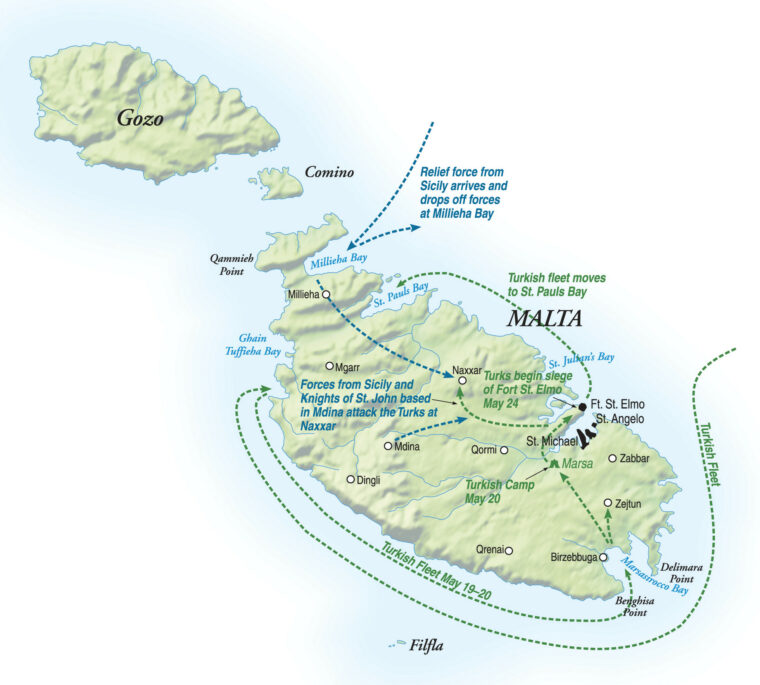
The useless siege of Fort St. Elmo left Mdina untouched by the fighting, and it therefore served as a way station for communication to Sicily, where Don Garcia was frantically organizing a grand relief. When Turgut arrived on Malta in early June, he immediately perceived the error, but by then it was too late to correct. Redoubling their efforts, the Turks eventually destroyed Fort St. Elmo and butchered the defenders almost to a man, but the corsair did not live to savor the victory. He probably died on June 23, the day the fort fell, mortally wounded by a lucky shot from Castle St. Angelo or in an instance of friendly fire.
The victory over St. Elmo cost the Turks between 4,000 and 6,000 men, including half the janissaries, and the defenders lost 1,300 men, including a quarter of the Knights. In the long run, the Turks’ success cost them the siege. Disease, which would eventually carry off 10,000 or 15,000 of the besiegers, was also beginning to take its toll. Despite the losses, and Turgut’s death, Mustafa persisted for another two months in African heat, trying everything.
“It Seemed as if the End of the World had Come”
The bombardment of Birgu soon commenced. The town was surrounded by 65 to 70 large-caliber guns, including a number of 80-pounders. Bosio describes two “basilisks that could hurl stones of weight beyond measure,” undoubtedly specimens of the famous Turkish siege cannons, some of which are extant today. Their breeches and barrels screwed together to form a gun of 20 or more feet in length, 30 tons in weight and that could hurl stones all the way across the Dardanelles. Balbi mentions that the balls buried themselves “thirty palms under the earth.” He also records that by the end of July, at the height of the bombardment, the thunder was so great that it could be heard distinctly in Syracuse and even at Catania, 40 leagues away, and that “it seemed as if the end of the world had come.” The Maltese took refuge in the large cisterns under their homes, but ultimately 7,000 inhabitants perished.
Meanwhile, couriers were desperately traveling back and forth between Mdina and Sicily. As word of the siege and the panic it brought spread throughout Europe, soldiers and adventurers began arriving in Syracuse. In early July, apparently on the fourth attempt, the viceroy’s captain general succeeded in landing a piccolo soccorso of 600 men on Malta. Aided by fog, they managed to sneak into Birgu under the Turkish noses. The small relief lifted spirits immensely, but Mustafa was unrelenting in his pressure. On July 15, he launched a massive double assault on Senglea, a peninsula in the great port occupied by Fort St. Michel at the inner end.
The Turks ported 100 small boats over Sciberras into the harbor and attacked Senglea by water, while 8,000 troops attacked the fort by land. Again, one is struck by the foresight of Valette’s preparations. The sea assault might well have succeeded and Malta fallen that day had not the Turkish boats come into range of a sea-level battery that had been constructed at the base of Castle St. Angelo. Several salvos destroyed the vessels, and many of the attackers drowned. A floating bridge had also been constructed to allow reserves to cross from Birgu to Fort St. Michel, with the result that after a day of ferocious fighting, which included women and children, the fort held, costing the Turks, Balbi says, another 4,000 men.
No end was in sight. On August 7, Mustafa launched another massive assault against Fort St. Michel, as well as against Birgu itself. This time, the Turks breached the town walls, and the Grand Master went forth to die with his troops. Valette was wounded, and it truly seemed that the end had come. Miraculously, the Turks broke off the attack. Cavalry Captain Vincenzo Anastagi, riding out from Mdina, led a raid against the unprotected Turkish field hospital, massacring the sick and wounded. The Turks, believing that Christian relief columns had finally arrived from Sicily, retreated.
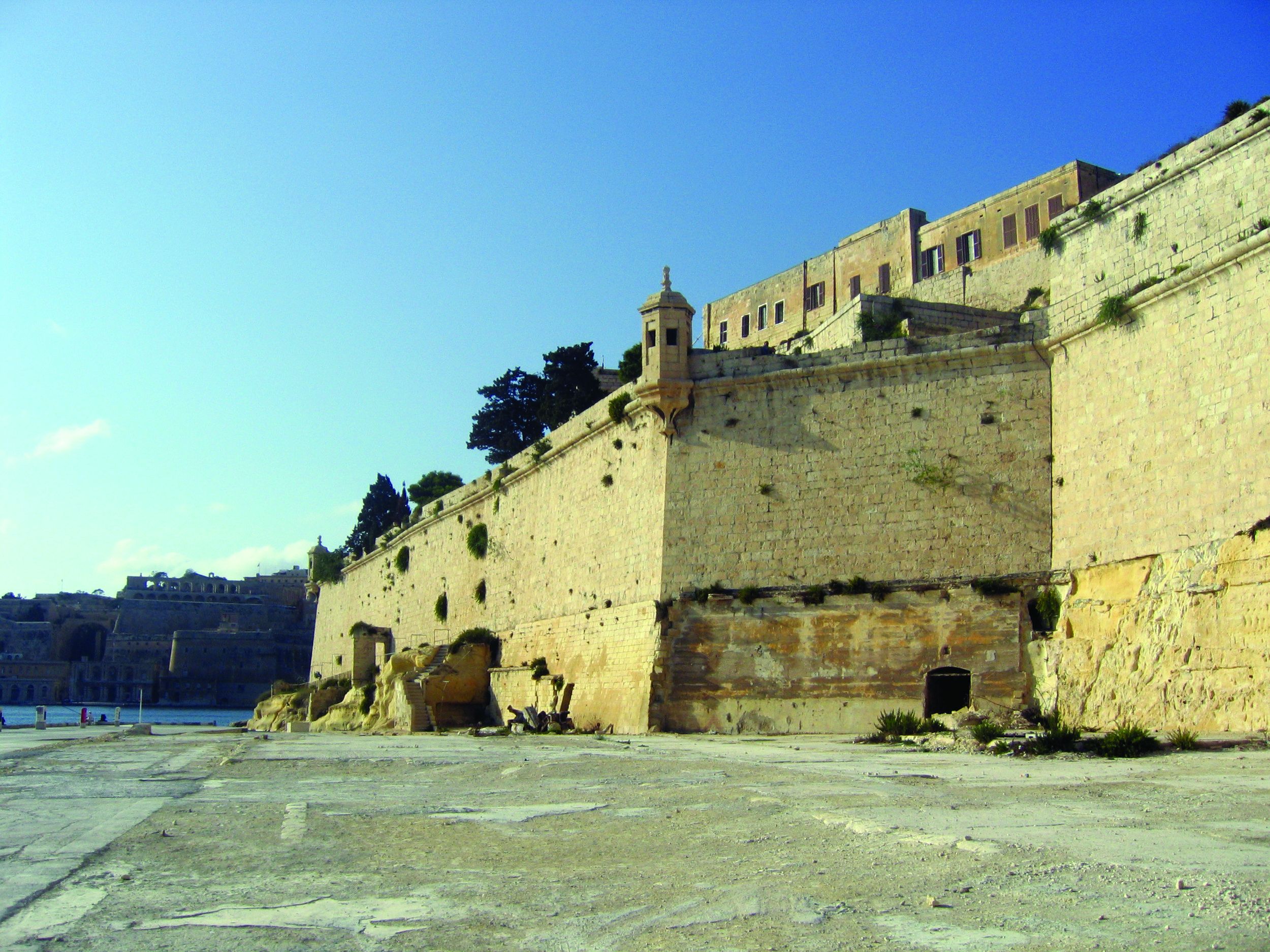
Rout of the Turks
After the battle of August 7, the spirit of the Turks flagged, although they continued the bombardment and launched at least one more massive assault against Fort St. Michel and Birgu. The last major assault took place between August 19-21. Contrary to some accounts, no successful mine seems to have been detonated. Apparently, Turkish standards were spied above the walls, panic ensued among the populace, Valette ran forth again to save the day, but no Turks were found advancing within the town. A gunner, stricken with the same panic, began firing, killing a number of the defenders.
Nevertheless, three bitter days of fighting took place before the town was secured and at some point in August the council made a decision to abandon the town and retreat to Castle St. Angelo. Valette refused to desert his subjects, who had fought so bravely, and vetoed the elders. Had he not done so, the Turks would have found themselves sitting on Europe’s doorstep the next day, but Valette realized that the enemy was becoming as exhausted as the defenders, and the Turks did not attack.
Accounts of the siege’s final weeks are particularly spotty, with Balbi’s diary becoming sparser. Through the smoke and flames, a deadly game of mining and countermining took place, single combats between men carrying flamethrowers. The defenders demonstrated a great deal of desperate ingenuity. When the Turks attempted to build a bridge to St. Michel in order to storm it, a Maltese engineer lowered himself over the fortress in a protective shell to cut a hole though the wall at the precise height for a cannon to destroy the bridge. After the Turks raised a siege tower, engineers tunneled out through the rubble of the fort and with a point-blank salvo of chain shot destroyed the tower legs.
Toward the end of August the janissaries mutinied, refusing to fight until a deal was struck; then Mustafa ordered an abortive attack on Mdina in order to winter there. With that, the siege’s anticlimactic, exhausted end had arrived. By September the weather was turning; due to the incessant rain, the survivors were reduced to using crossbows instead of arquebuses. Food was running low on both sides but, contrary to most accounts, the defenders were not starving. For their part, the Turks knew only too well that the winter season was upon them. After the abortive march on Mdina, they began embarking their artillery. By September 8, the siege was over. The previous day, about 8,000 of Don Garcia’s men finally arrived from Sicily. On the 11th they engaged the demoralized Turks once more at the Battle of St. Paul’s Bay, after which the survivors scrambled into their galleys and vanished over the horizon.
During the four-month siege, the Turks lost perhaps as many as 25,000 men—accounts vary widely—and about a third of the defenders perished, as well as a third of the Maltese population. The Ottomans still controlled the eastern Mediterranean, and the great siege did nothing to alter signicantly the balance of power. But the Knights’ stand on Malta prevented another battle for North Africa at La Goletta, which the Turks had intended to take immediately afterward, and probably spared Europe an invasion through Italy. At the very least, it boosted European morale enormously, demonstrating that the invincible Ottoman Empire could be stopped. In that sense it was more decisive than Lepanto, and the Knights—Valette in particular—were showered with honors as all Christendom rejoiced.
Separating Fact from Fiction
A concomitant lesson from the siege of Malta is that history should be written with care and caveats. The primary sources about Malta frequently do not agree, and with the perennial drive toward storytelling, writers have constructed narratives based more on fiction than on fact. The dramatic stories have much to teach readers, but the lessons are not necessarily those of history. Nearly five centuries later, the events of 1565 have receded from the minds of most military historians, and the siege no longer figures on lists of the 70 most decisive battles in history. Nevertheless, the siege still captures the imagination of anyone who reads or hears about it. As Ulysses S. Grant—an unquestioned authority on war and, through his famous Memoirs, its retelling—observed, “War produces many stories of fiction, some of which are told until they are believed to be true.”
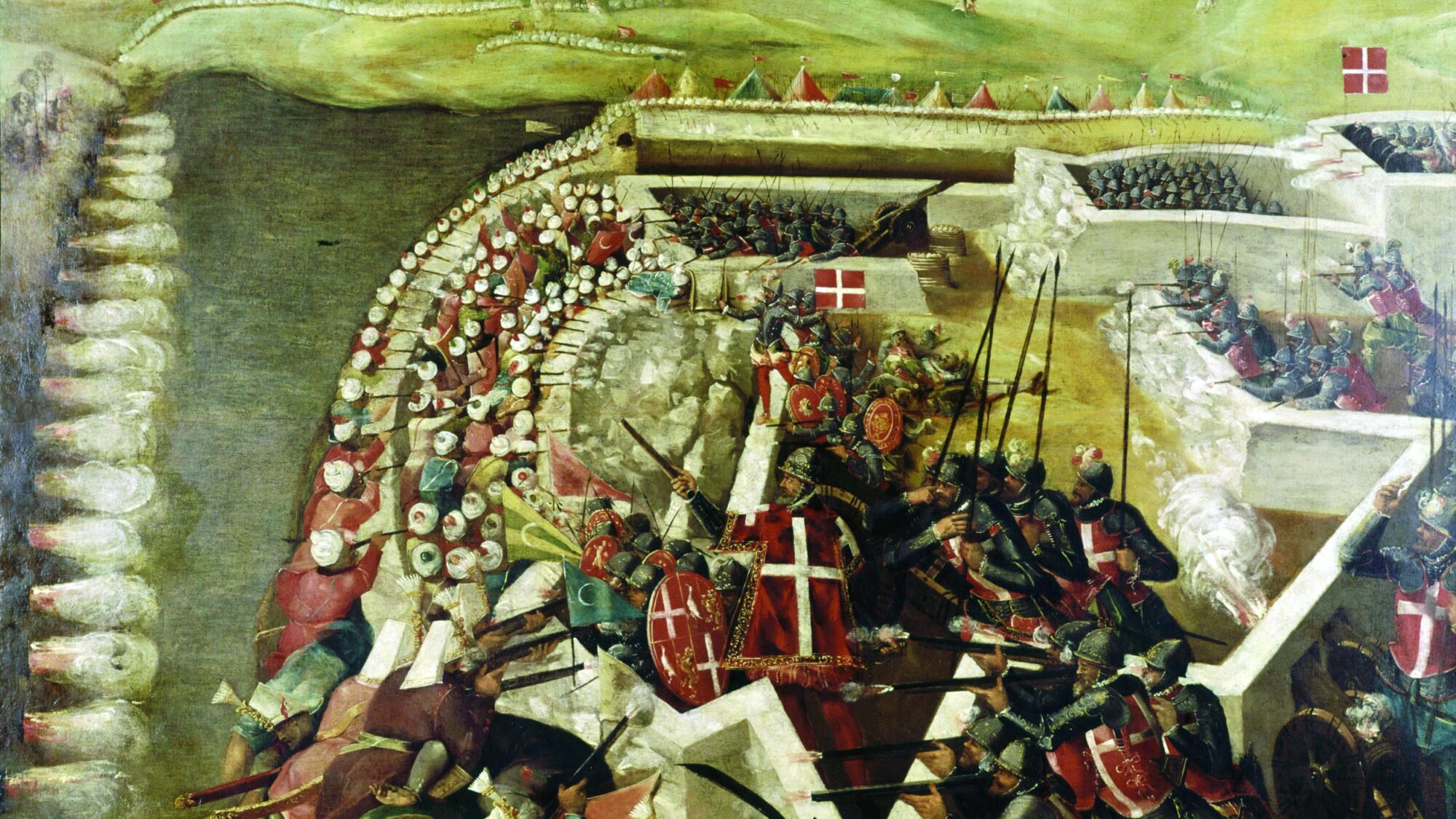
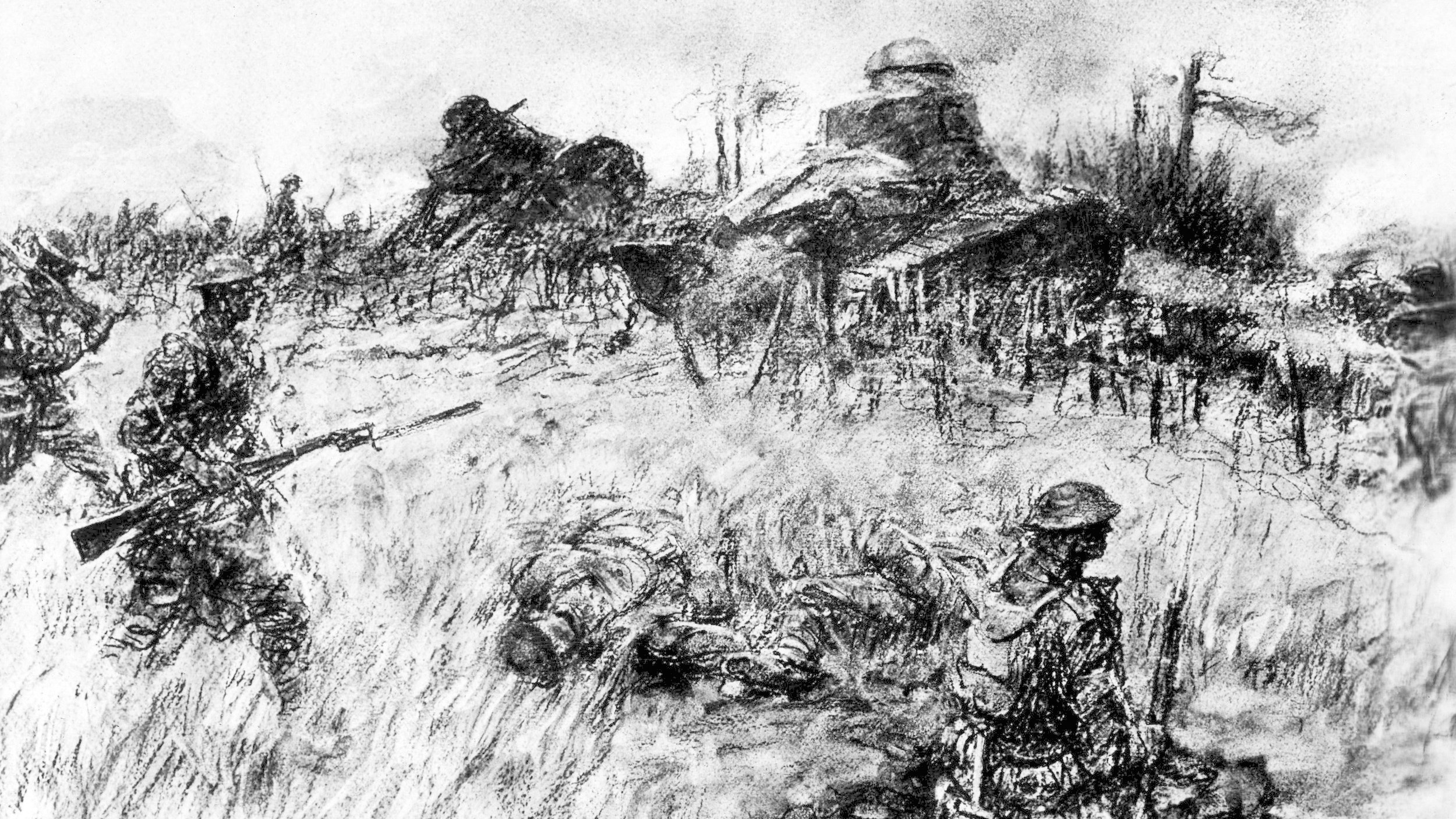
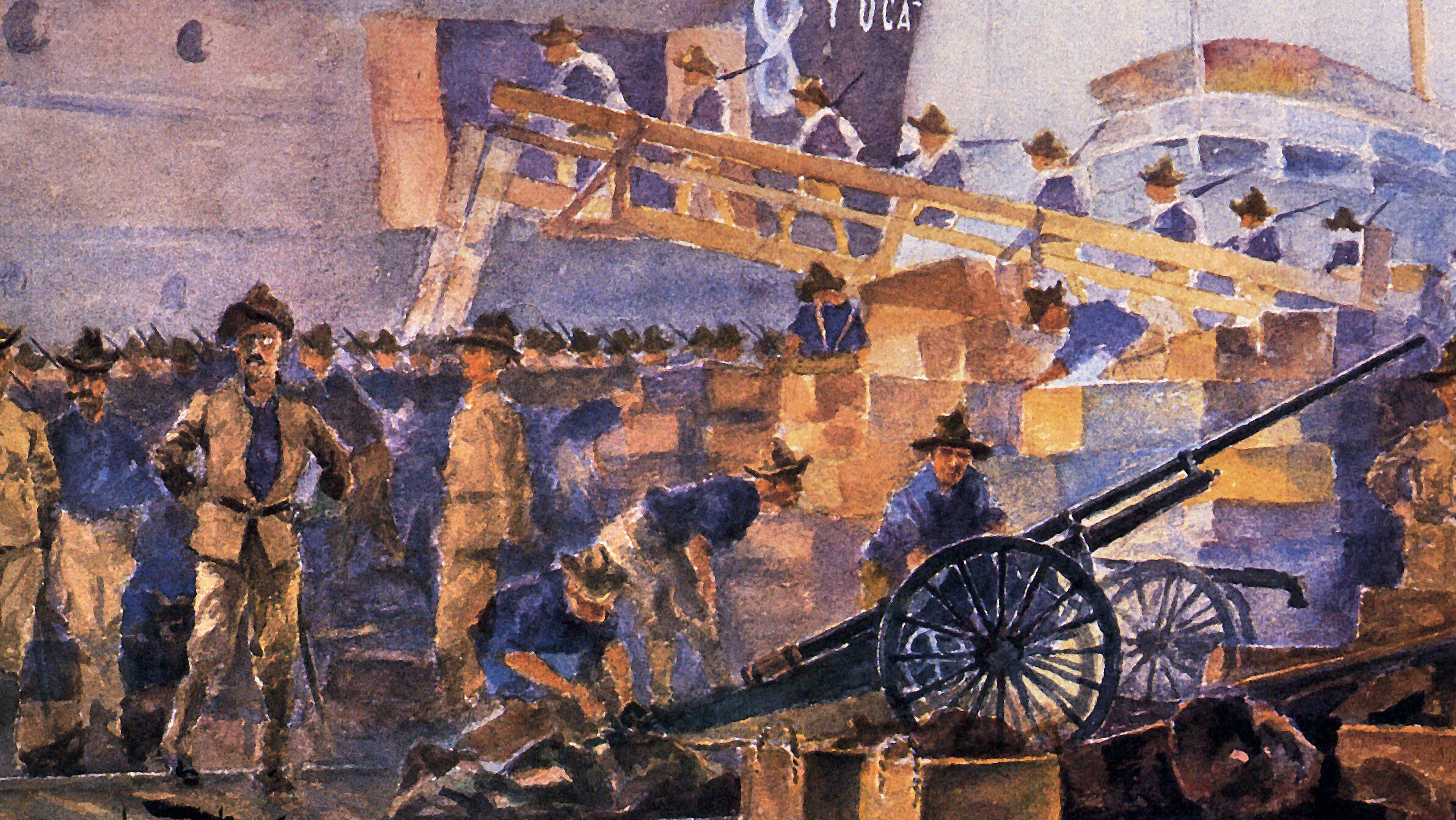
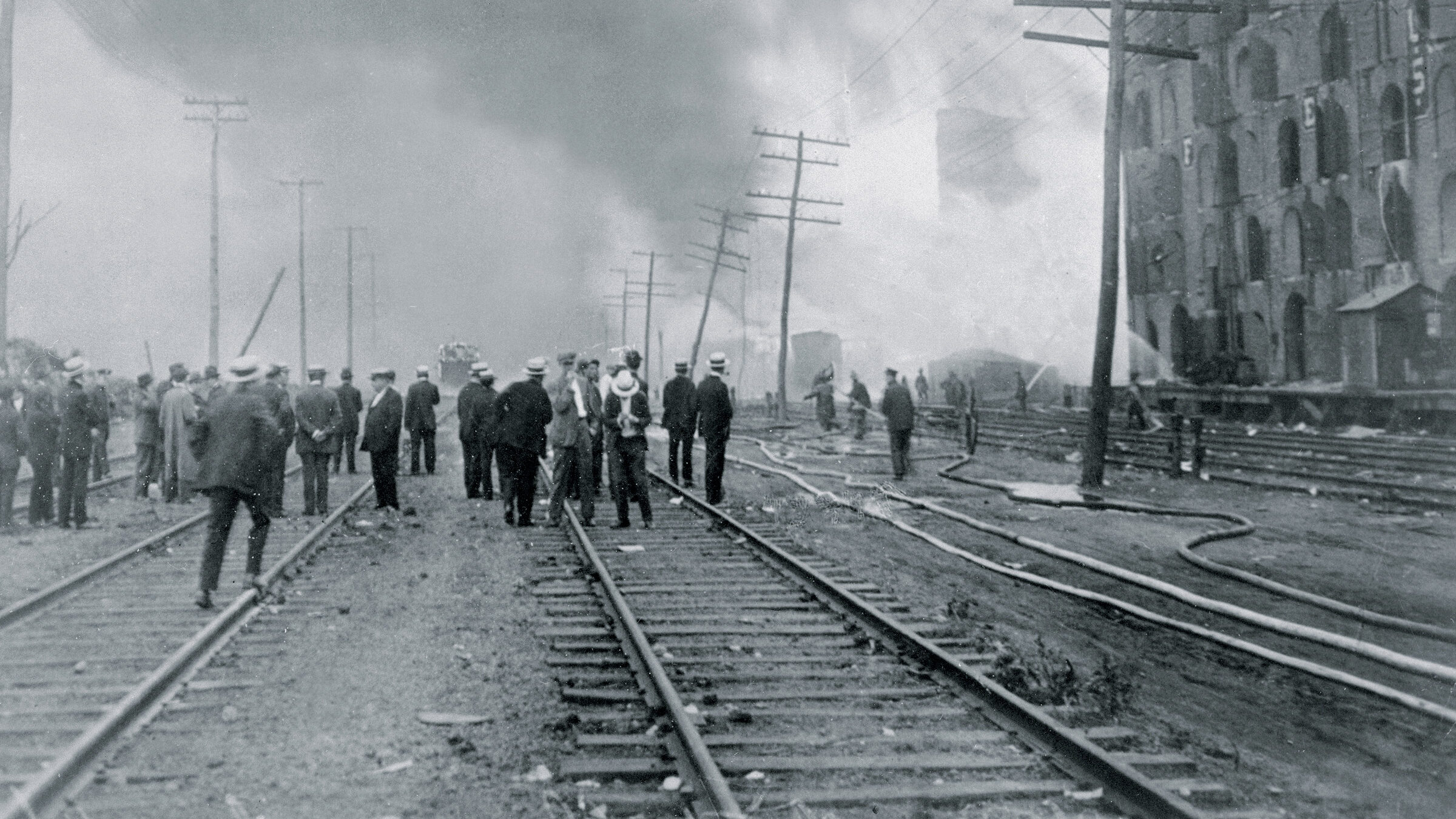
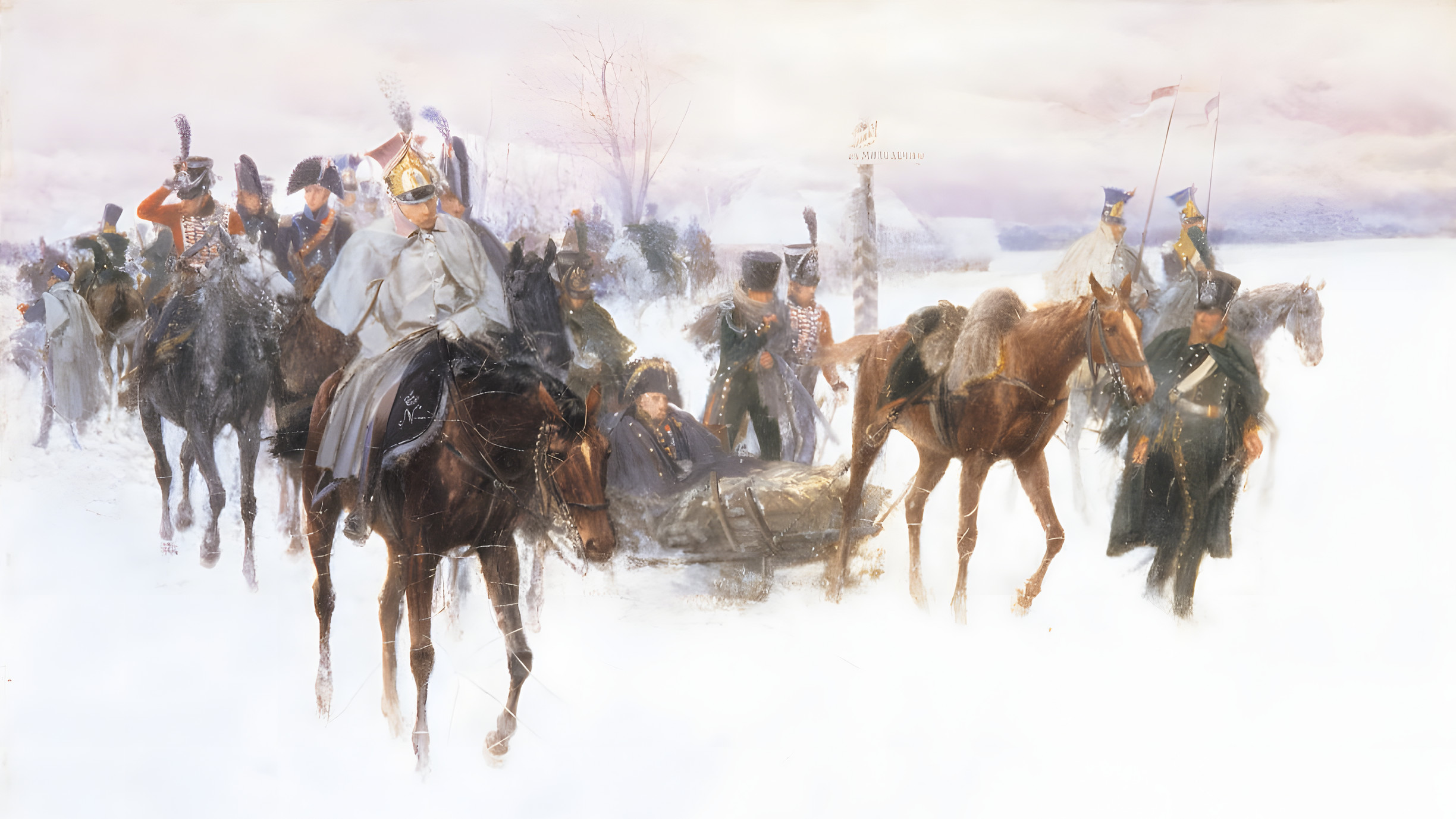
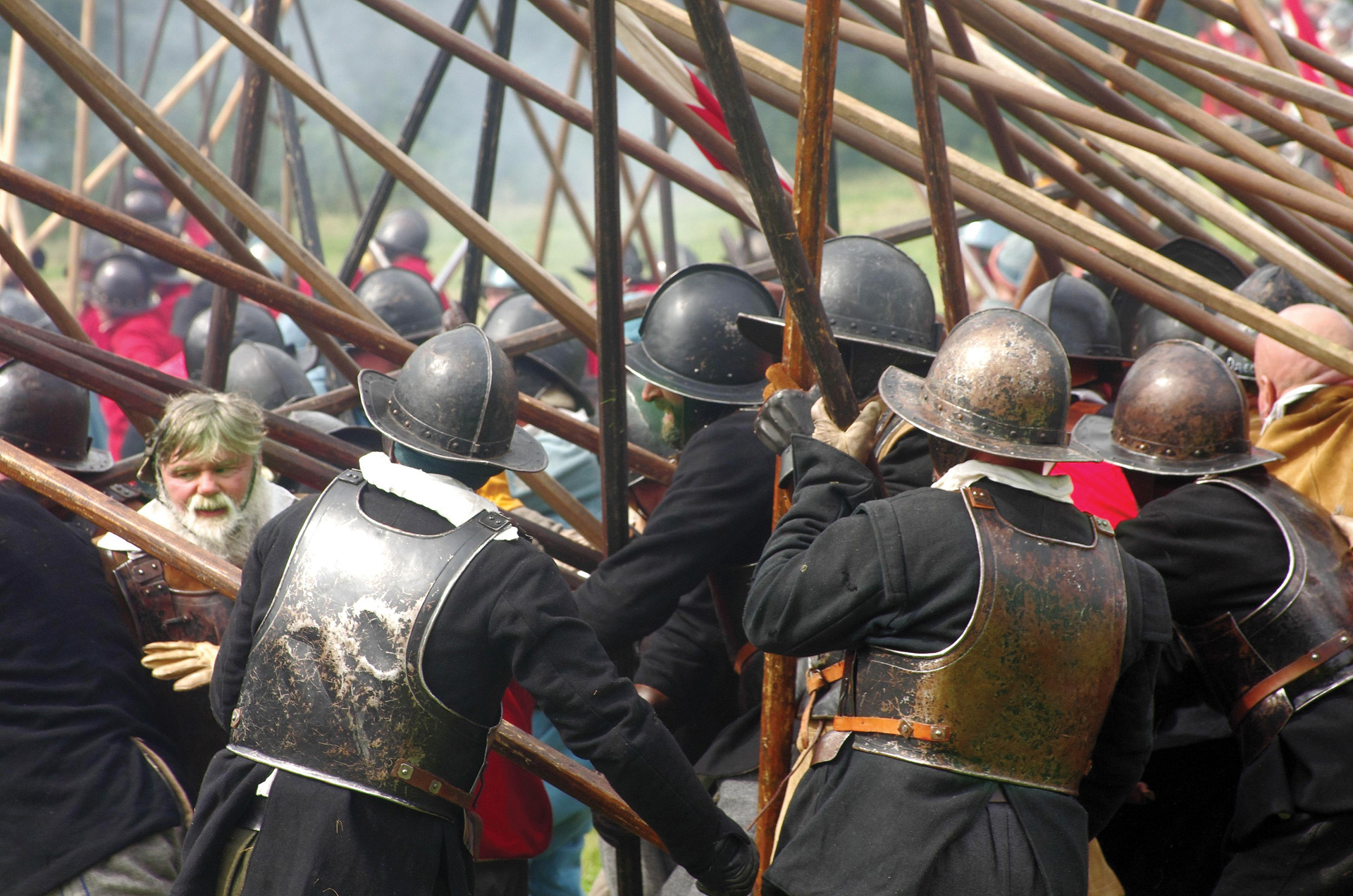
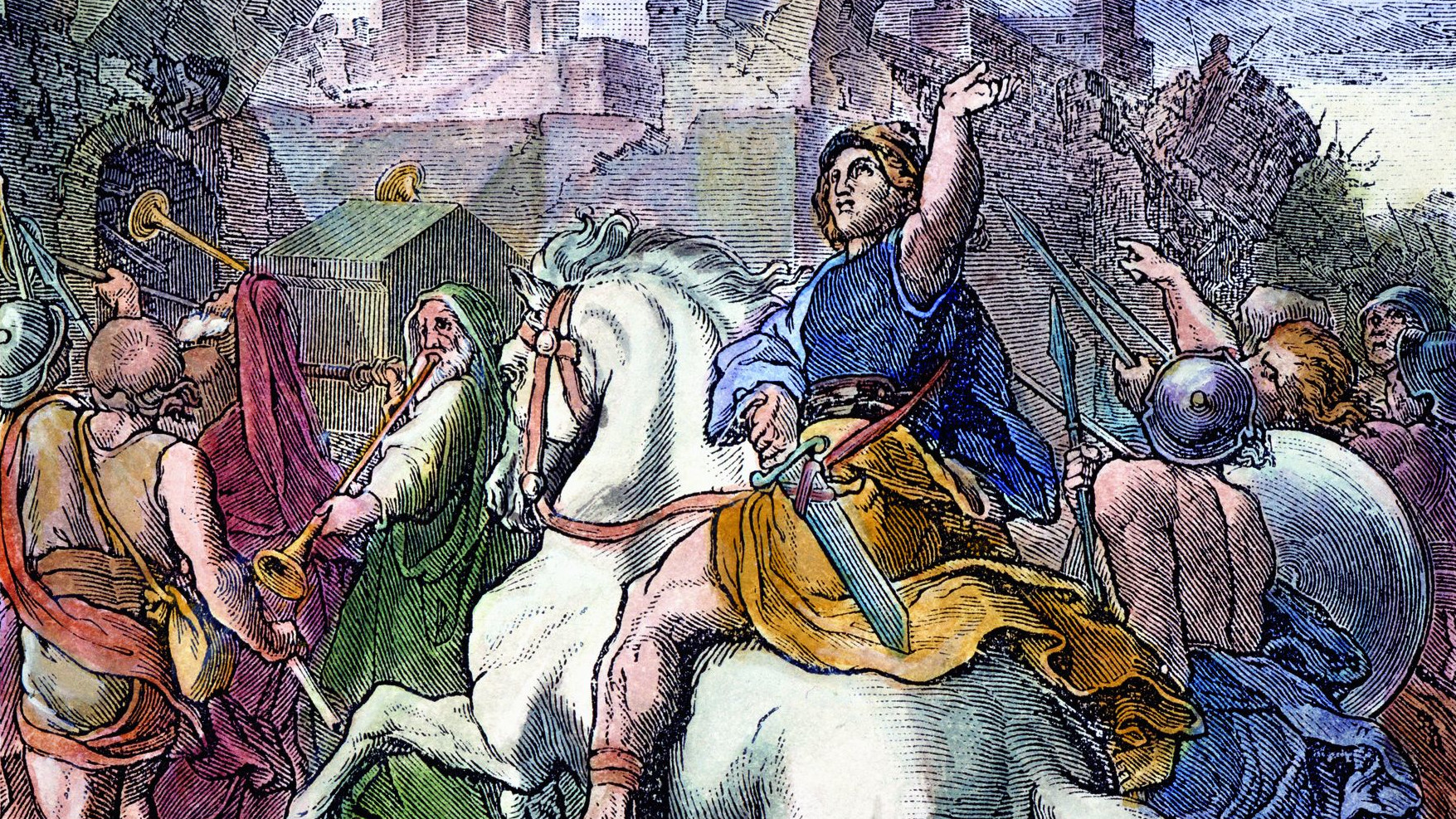
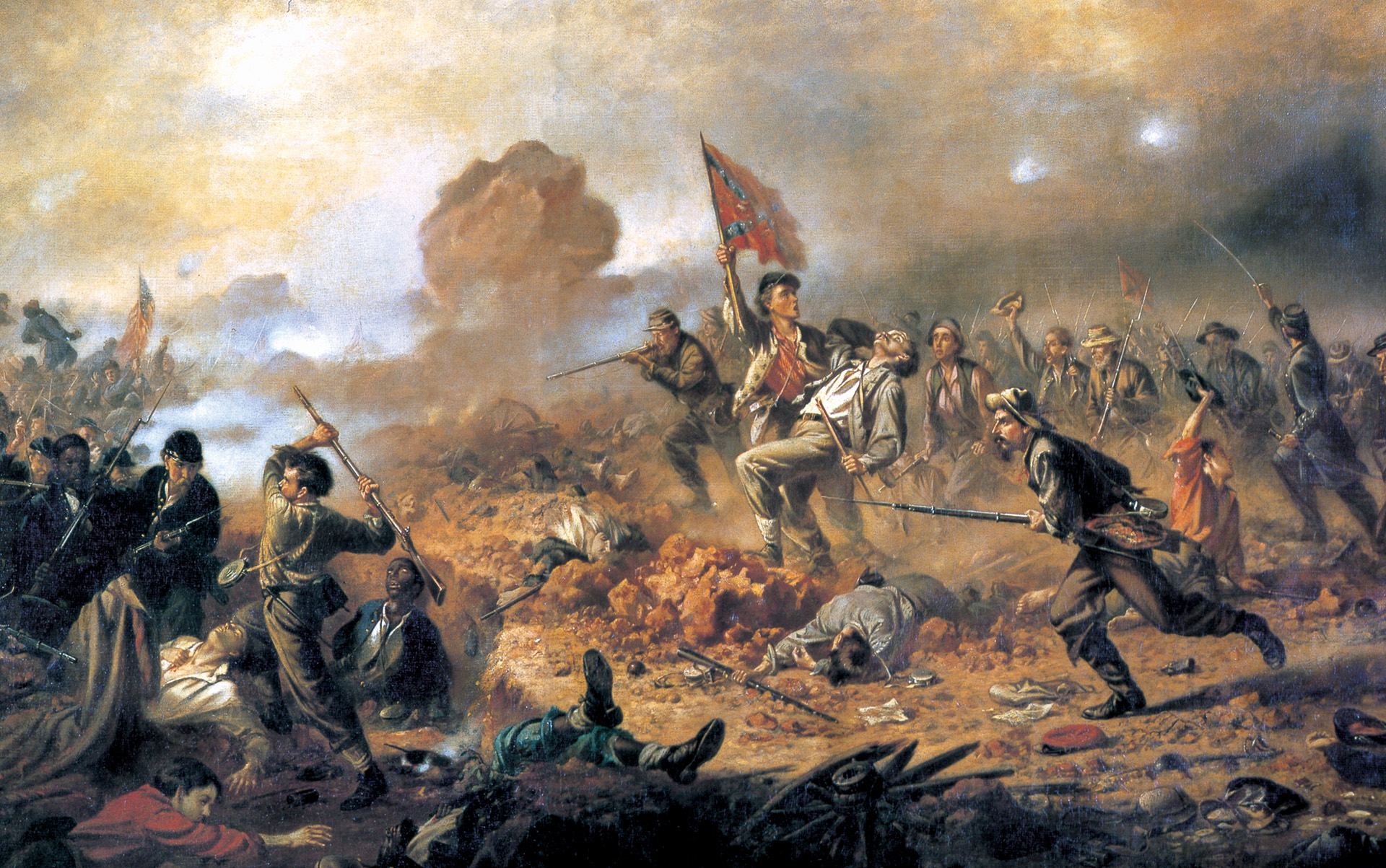
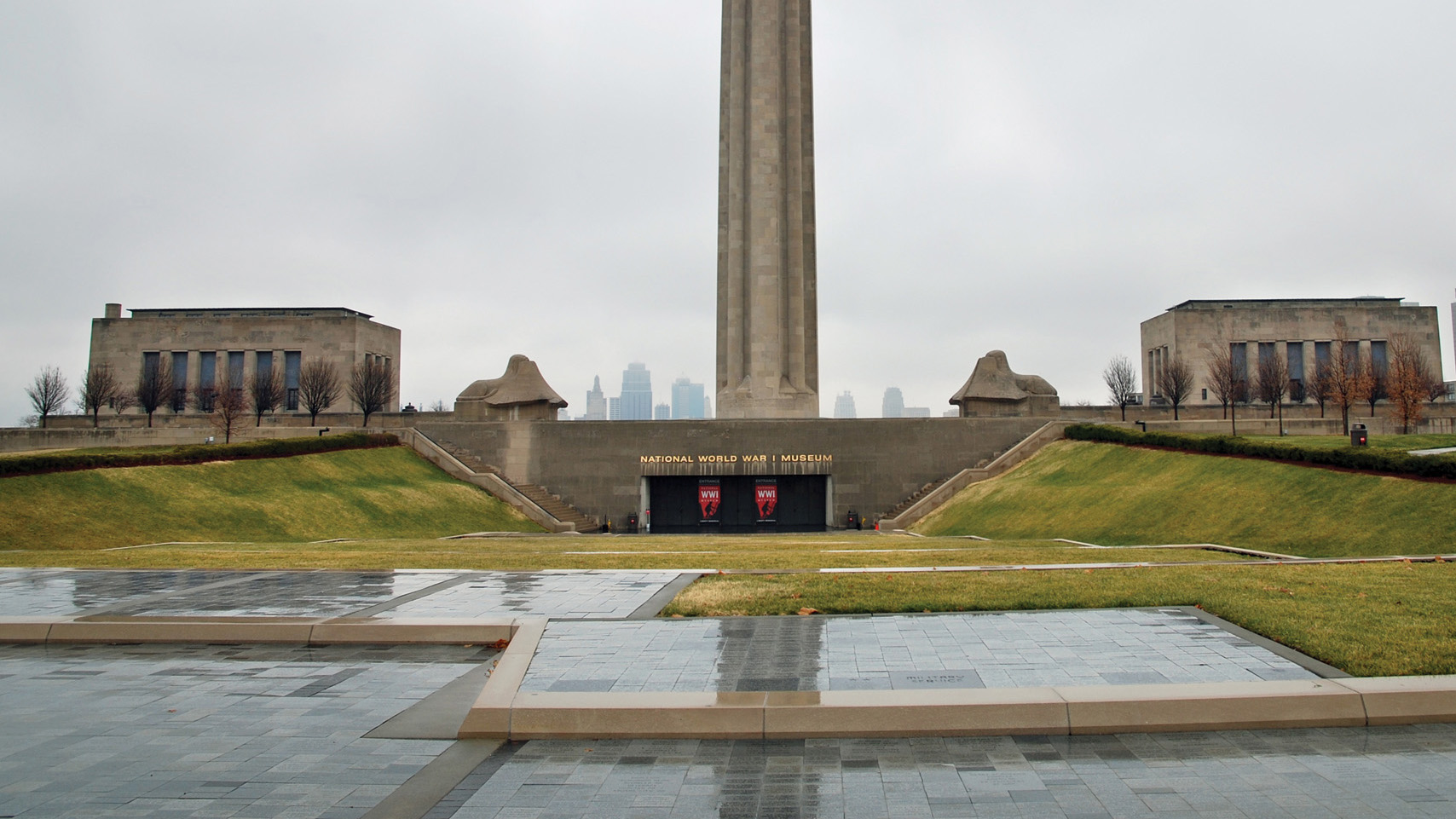
Join The Conversation
Comments
View All Comments